
The Military Order of Maria Theresa is the most important officer's award in Austria
The Military Order of Maria Theresa (Militär Maria Theresien Orden) was an award given by Austrian monarchs to commend the most worthy and bravest officers. It was bestowed for significant military successes, especially if achieved through personal initiative. This distinction ranked second only to the dynastic Order of the Golden Fleece, one of the oldest and most prestigious in Europe, but surpassed all other awarded honors. The Military Order of Maria Theresa remained active for over 170 years. Originally, it had two grades, but later a third grade was added.
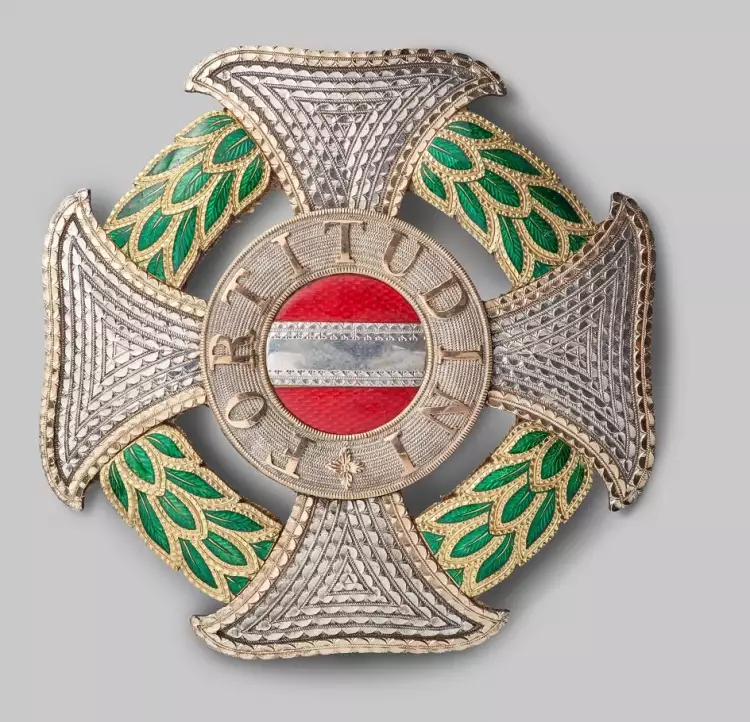 The Military Order of Maria Theresa. Breast star
The Military Order of Maria Theresa. Breast star
Main characteristics of the Military Order of Maria Theresa:
- Artist: Unknown.
- Country: Austria.
- Date of establishment: June 18, 1757.
- Number of grades: 3.
- Size of the cross: 30 x 32 mm.
- Diameter of the star: 60 to 95 mm.
- Materials of the cross: gold, enamel, and, in special cases, diamonds, emeralds, and rubies.
- Materials of the star: silver, enamel.
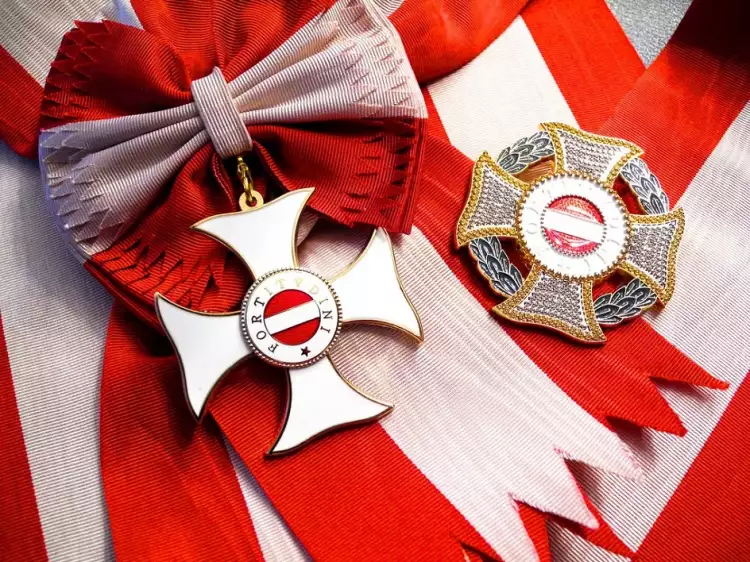 The Military Order of Maria Theresa. Grand cross with ribbon and star
The Military Order of Maria Theresa. Grand cross with ribbon and star
History of the Military Order of Maria Theresa
The Military Order of Maria Theresa could have appeared almost a decade earlier. For example, such a proposal was put forward in 1749, but at that time, the spouse of Empress Maria Theresa, Francis I Stephen, opposed it. He already headed the Order of the Golden Fleece and considered the establishment of another prestigious award unnecessary. Everything changed in the last days of August 1756 with the beginning of the Seven Years' War, which engulfed all of Europe and even extended to other continents. The decision to establish a new distinction was made the following spring, but the ceremonial date of its foundation was postponed until a significant victory. The wait was not long: in June, Austria defeated the Prussian army in the Battle of Kolín. The troops were commanded by Field Marshal Leopold von Daun, who was the first to receive the new award.
Originally, the order was intended to be named after a revered saint, which was a common tradition. However, among the officers of Austria, apart from Catholics, there were also Protestants, so the decision became controversial. In the end, the award was named after Maria Theresa (Maria Theresia), the Archduchess of Austria and Empress of the Holy Roman Empire.
Over time, the award became increasingly popular and was frequently bestowed. This continued until 1918, when the Austro-Hungarian Empire collapsed and the Habsburg dynasty fell. The last emperor, Karl I (Karl I. Franz Josef), transferred the rights associated with the order to the Chapter, which continued to exist until 1931. At its fiftieth meeting, it was decided to discontinue further gatherings and new awards of the order. The last knight of the order lived until 1986. He was an aviator who distinguished himself in World War I.
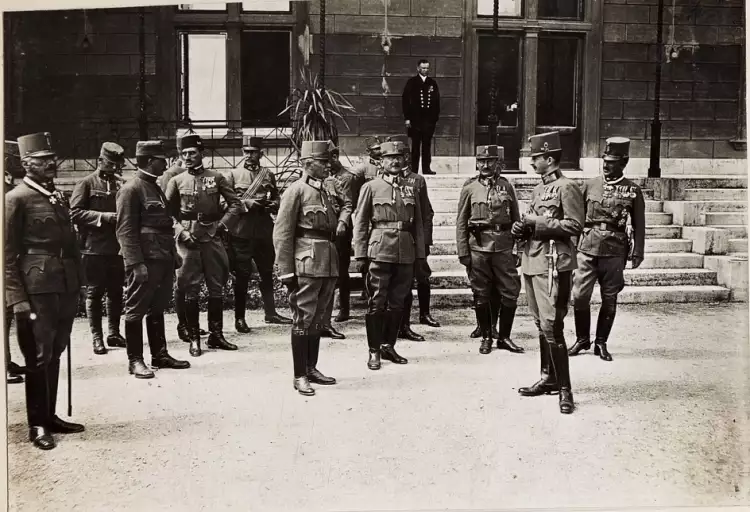 The Military Order of Maria Theresa. Award ceremony, 1917
The Military Order of Maria Theresa. Award ceremony, 1917
Later attempts were made to revive the order, but it was awarded only once at the end of World War II. This happened contrary to the regulations, so traditionally this case is not considered in the history of the award. In total, from 1757 to 1931, 1240 people received it.
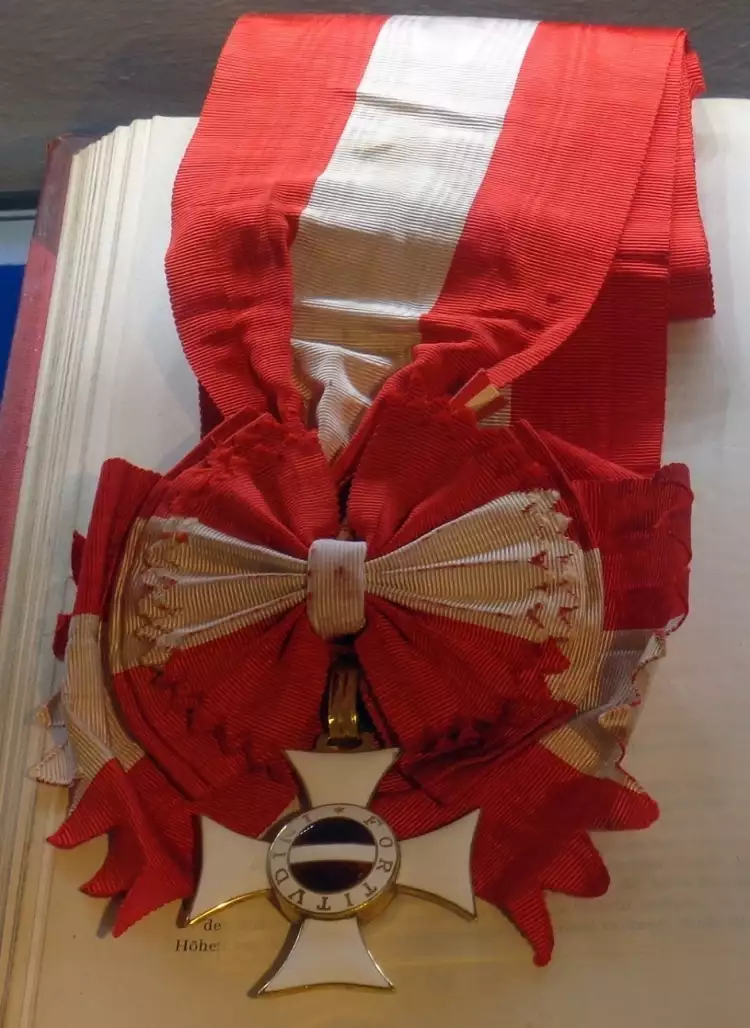 The Military Order of Maria Theresa. Grand Cross badge and ribbon, 19th century
The Military Order of Maria Theresa. Grand Cross badge and ribbon, 19th century
The appearance of the Military Order of Maria Theresa
Recipients were presented with distinctive insignia: a four-armed cross made of enameled gold, a ribbon, and a breast star. In the center of the cross, the red and white Austrian flag is depicted, surrounded by the motto "Fortitudini," which can be translated from Latin as "Bravery" or "For Courage." On the reverse side, two gold ciphers are inscribed: M. T. and F, the initials of the founders of the award, the spouses. The central part is framed by a green wreath. In special cases, the obverse was adorned with diamonds and other precious gemstones. The insignia were worn on the left side of the chest individually or on a moiré ribbon in the colors of the Austrian flag. The size and appearance of the ribbon depended on the grade: Knight, Commander, and Grand Cross.
The star is designed similarly to the cross but made of silver and featuring an enamel wreath of stylized oak leaves. In the early stages, it could be embroidered, but later it became metallic.
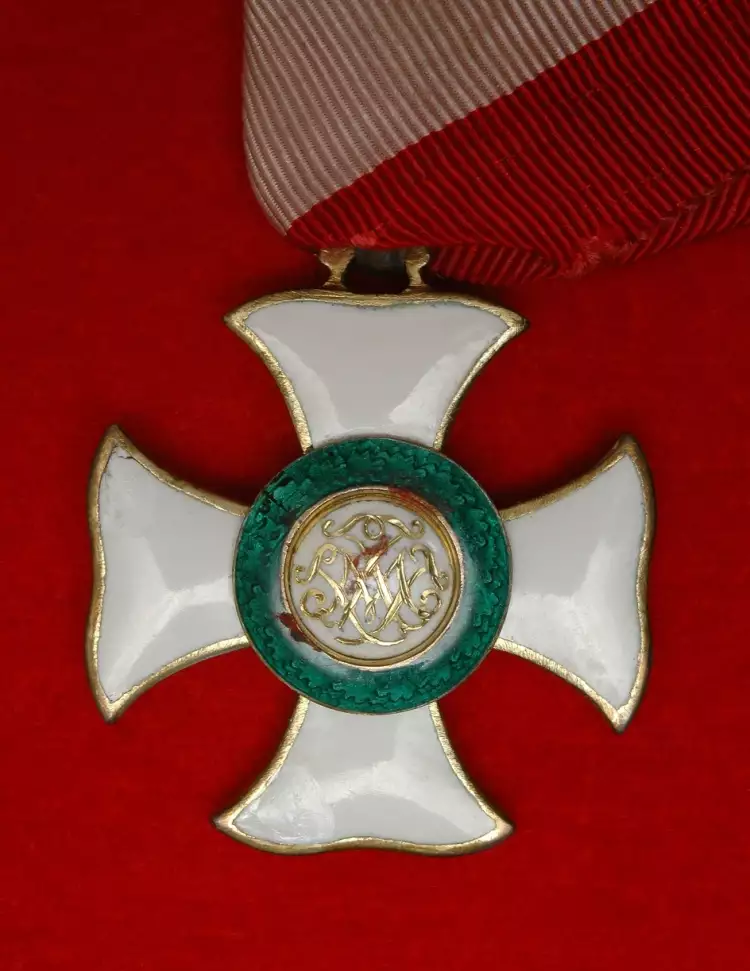 The Military Order of Maria Theresa. Knight's badge, reverse, 18th century
The Military Order of Maria Theresa. Knight's badge, reverse, 18th century
Who was awarded the Military Order of Maria Theresa?
The title of Grand Master of the order belonged to the ruling monarch, and proposals for new awards were submitted by the Chapter. This regularly assembled council consisted of senior officers, including those who had already received the honorary cross. The main criteria for awarding the honor were military exploits and the display of initiative in battle. Sometimes, wounds or many years of service were also reasons for bestowing the honor. The distinction was awarded only to officers, with no restrictions based on nobility, military rank, or religion.
From the beginning, the statutes included a rule prohibiting the awarding of foreigners, but it was not followed. Among the recipients, for example, were Russian monarchs and military leaders who were Austria's allies. Here are a few examples:
- Emperor Alexander I.
- Alexander Vasilyevich Suvorov.
- Mikhail Illarionovich Kutuzov.
- Pyotr Ivanovich Bagration.
- Mikhail Bogdanovich Barclay de Tolly.
- Dmitry Vladimirovich Golitsyn.
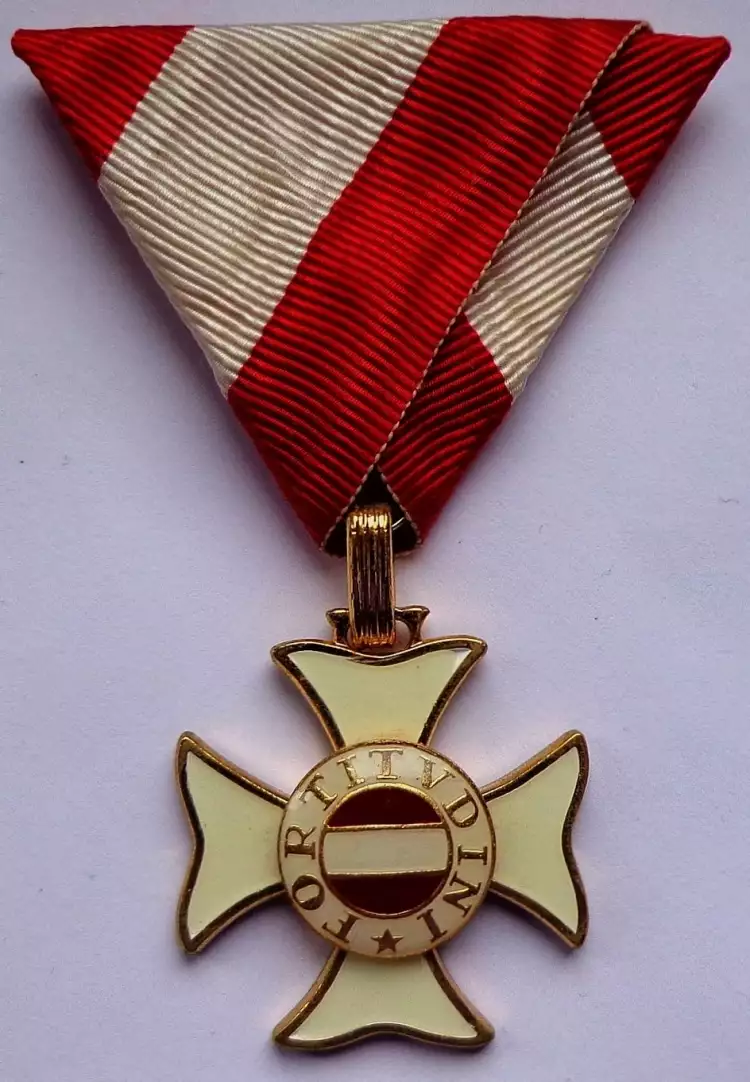 The Military Order of Maria Theresa. Knight's Cross with a folded triangular ribbon
The Military Order of Maria Theresa. Knight's Cross with a folded triangular ribbon
Knights of the Order, regardless of their background, could claim hereditary baronial titles, and all recipients received a pension. In the event of death, half of the appointed amount was transferred to the widow. These funds continued to be paid by the authorities even after the empire's dissolution. An officer deprived of the title by a court decision lost all privileges.
The Military Order of Maria Theresa is currently the main symbol of the Austrian Military Academy, considered the oldest in the world. An extensive collection of insignia can be seen at the Vienna Military History Museum and the Tallinn Museum of Chivalric Orders. As the award was widespread, golden crosses and breast stars are often encountered at auctions and antique exhibitions. Copies made of gilded silver or bronze, which recipients ordered for everyday wear, are even more common.
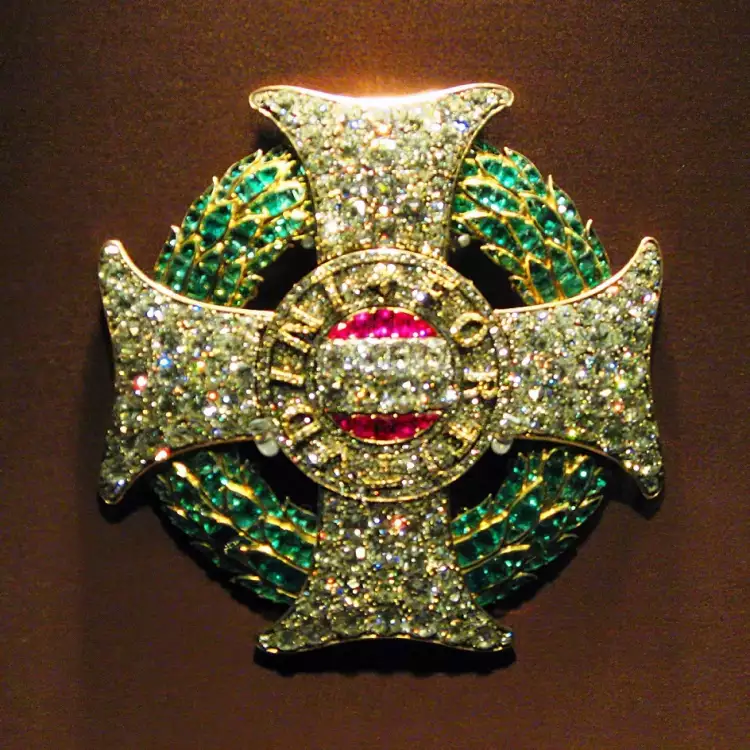 The Military Order of Maria Theresa. Star of the Order decorated with diamonds and jewels, 1765
The Military Order of Maria Theresa. Star of the Order decorated with diamonds and jewels, 1765
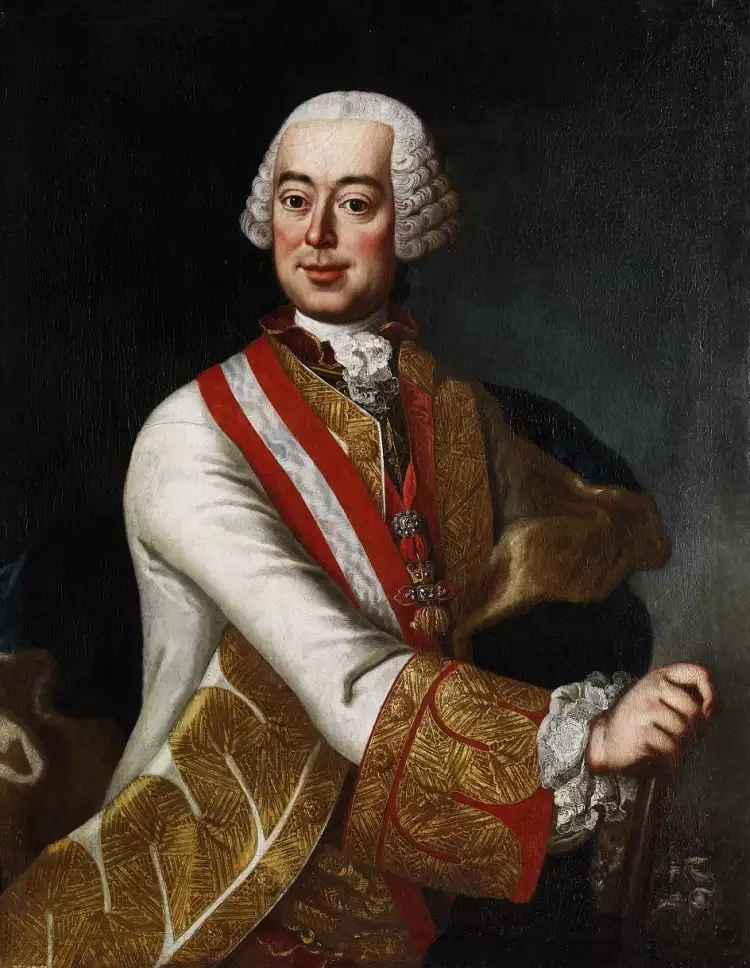
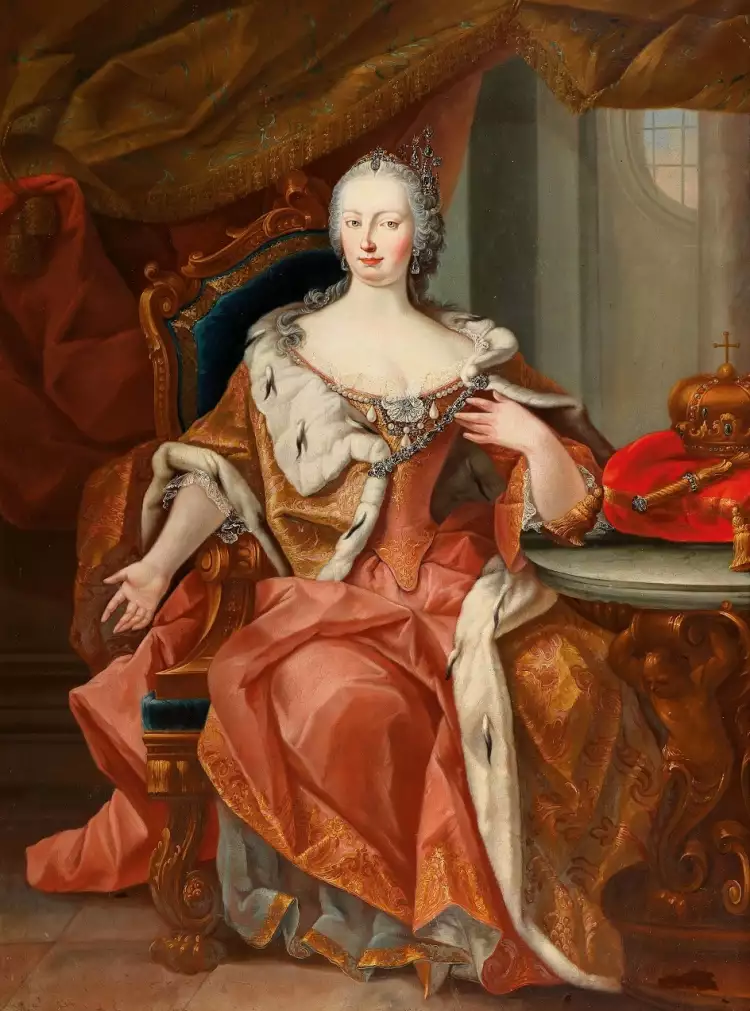
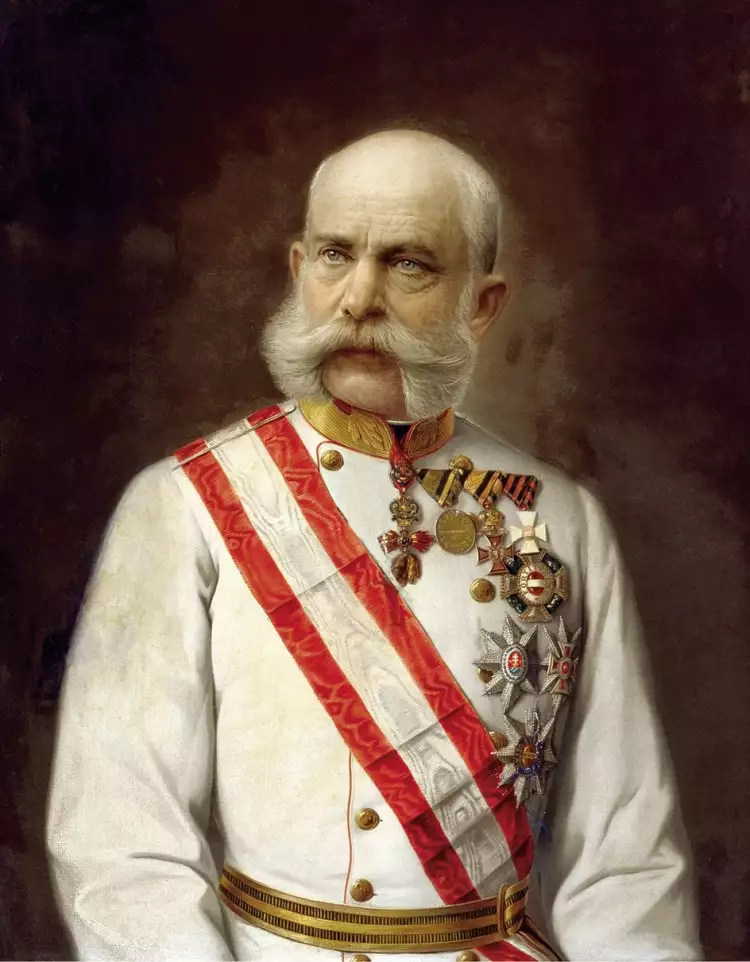
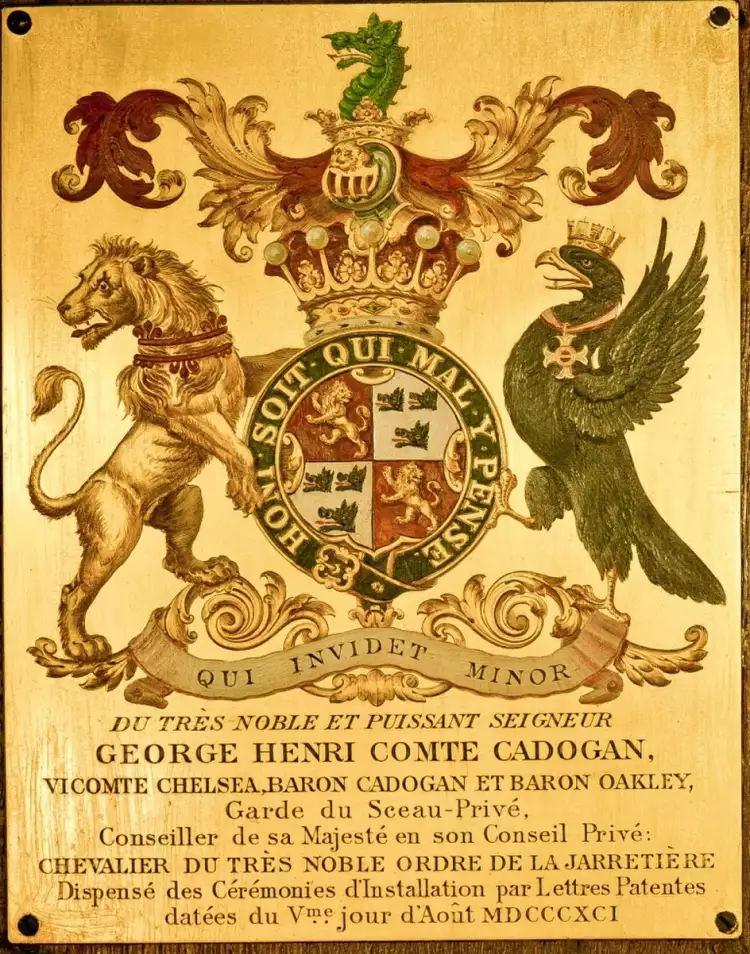
 The Resurgence of Vintage Kitchen and Barware: A Collector’s Delight
The Resurgence of Vintage Kitchen and Barware: A Collector’s Delight 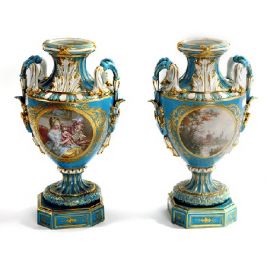 French Porcelain: History of Development and Top Manufactories
French Porcelain: History of Development and Top Manufactories 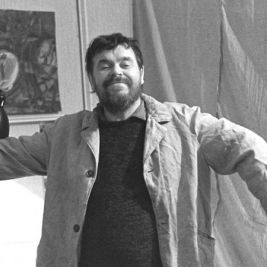 Anatoly Zverev — an unrecognized genius of the Soviet era
Anatoly Zverev — an unrecognized genius of the Soviet era 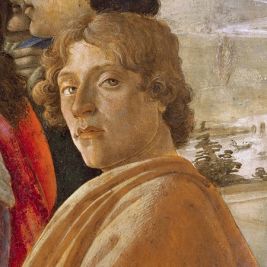 Sandro Botticelli: Biography, Artistic Career, and the Best Paintings of the Artist
Sandro Botticelli: Biography, Artistic Career, and the Best Paintings of the Artist 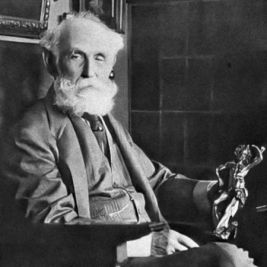 Albert Figdor Collection: Sweets for the ladies. Cigars for the gentlemen
Albert Figdor Collection: Sweets for the ladies. Cigars for the gentlemen  Romanticism: Wings of Freedom and Inspiration
Romanticism: Wings of Freedom and Inspiration 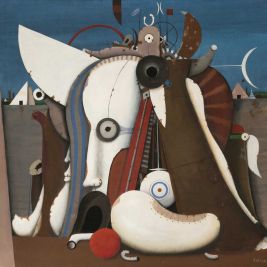 Experience the Grandeur at Wettmann Auktionshaus an der Ruhr's Art and Antique Auction
Experience the Grandeur at Wettmann Auktionshaus an der Ruhr's Art and Antique Auction  Fernando Botero is the most famous artist in Latin America
Fernando Botero is the most famous artist in Latin America 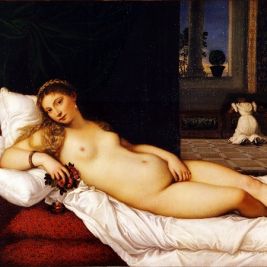 Genre of Nude in Painting: Evolution and Historical Trends of the Nude Style
Genre of Nude in Painting: Evolution and Historical Trends of the Nude Style 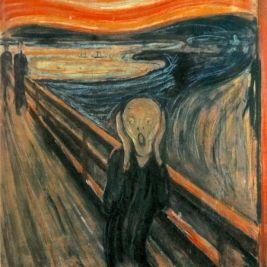 The painting "The Scream" by Edvard Munch is a terrifying prophetic symbol of the 20th century
The painting "The Scream" by Edvard Munch is a terrifying prophetic symbol of the 20th century